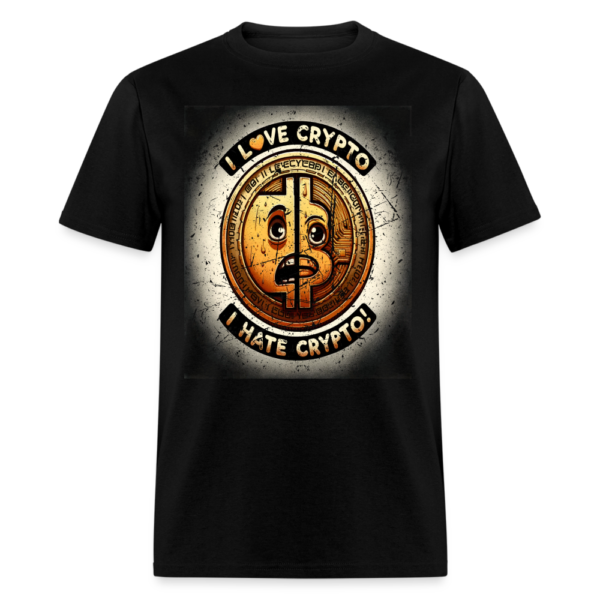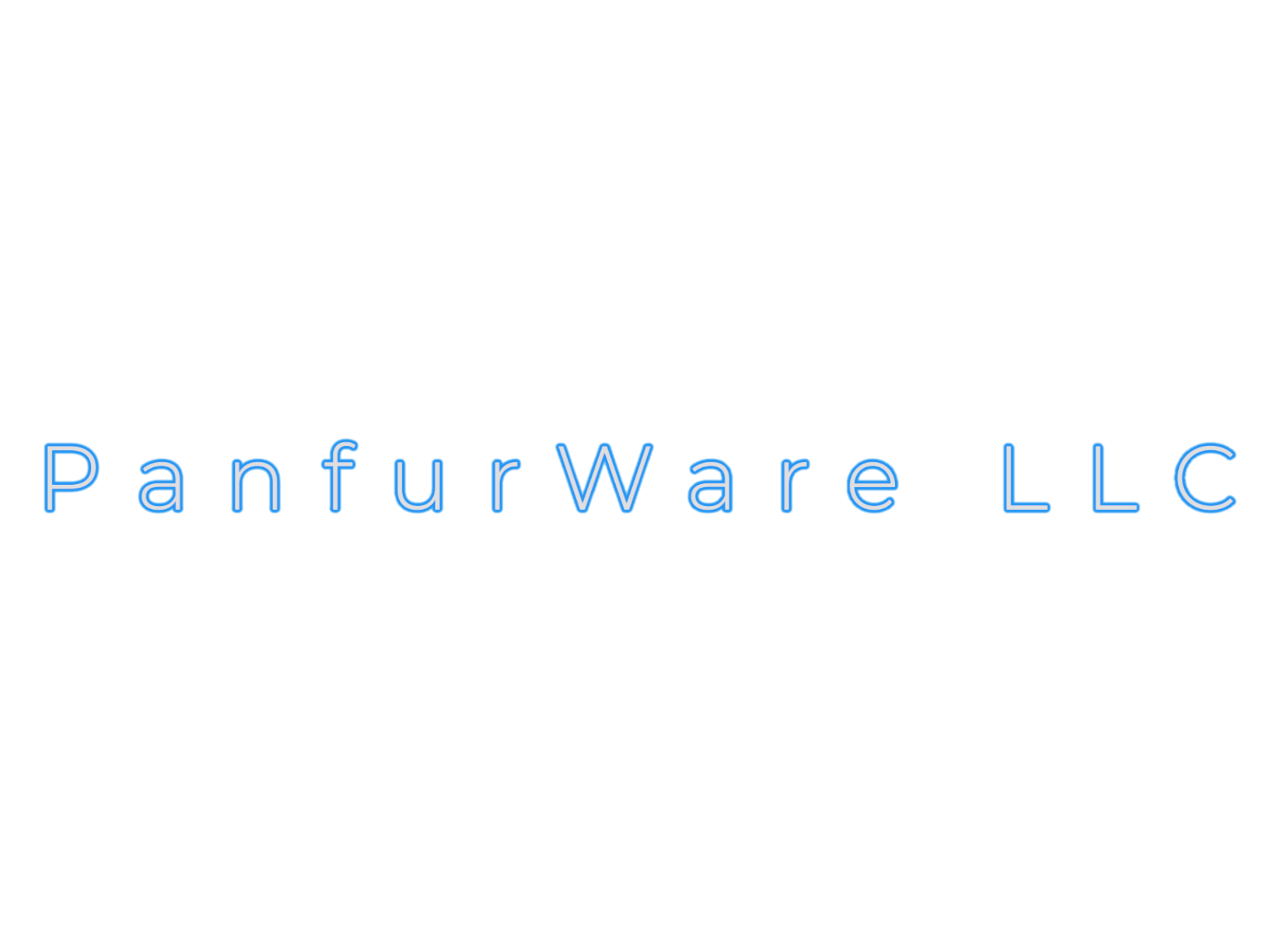Your cart is currently empty!
Tag: stablecoin regulation
Are Stablecoins Safe? What Needs to Be Done to Ensure Their Security #RLUSD $RLUSD
Stablecoins have emerged as a vital component of the cryptocurrency ecosystem, offering the promise of price stability while retaining the flexibility of blockchain-based assets. Pegged to traditional currencies like the US dollar or commodities such as gold, these digital assets aim to bridge the gap between volatile cryptocurrencies and the traditional financial system. However, the question remains: Are stablecoins truly safe?
In this article, we explore the current state of stablecoin safety, the risks they pose, and the measures needed to enhance their security.
Understanding Stablecoins and Their Types
Stablecoins are designed to maintain a stable value by pegging their worth to a reserve asset. They fall into three main categories:
- Fiat-Collateralized Stablecoins: These are backed by traditional currencies like the US dollar. Examples include Tether (USDT), USD Coin (USDC) Ripple Stablecoin (RLUSD), and Binance USD (BUSD). Issuers hold reserves equivalent to the stablecoins in circulation.
- Crypto-Collateralized Stablecoins: These use other cryptocurrencies as collateral. To counteract volatility, they are often over-collateralized. An example is DAI, which is backed by a mix of crypto assets.
- Algorithmic Stablecoins: These rely on algorithms and smart contracts to maintain their peg without direct backing. A notable example is the now-defunct TerraUSD (UST), whose collapse in 2022 highlighted the risks of this model.
Are Stablecoins Safe?
Stablecoins have their advantages, such as facilitating seamless cross-border transactions, enabling access to decentralized finance (DeFi), and serving as a hedge against cryptocurrency volatility. However, they are not without risks. Below are some of the major concerns:
1. Lack of Transparency
Many stablecoin issuers claim their tokens are fully backed by reserves, but independent audits are often lacking. For instance, Tether (USDT) has faced criticism for its opaque reserve disclosures, leading to doubts about whether it is fully backed by fiat assets.
2. Regulatory Risks
Stablecoins operate in a regulatory gray area in many jurisdictions. Governments worry about their potential to undermine monetary policy, facilitate illicit activities, and pose systemic risks to financial stability.
3. Counterparty Risks
Fiat-collateralized stablecoins depend on centralized entities to manage reserves. This creates a single point of failure, making them vulnerable to mismanagement or fraud.
4. Smart Contract Vulnerabilities
Crypto-collateralized and algorithmic stablecoins rely on complex smart contracts. Bugs or exploits in these contracts can lead to significant losses, as seen in numerous DeFi hacks.
5. Market Risks
Algorithmic stablecoins are particularly prone to market risks. The collapse of TerraUSD (UST) demonstrated how a loss of confidence could trigger a downward spiral, wiping out billions in value.
What Needs to Be Done to Ensure Stablecoin Safety?
To make stablecoins safer, issuers, regulators, and the broader crypto community need to address these risks. Here are some key measures:
1. Enhanced Transparency and Auditing
Stablecoin issuers must provide regular, independent audits to verify their reserves. Transparency about the composition of these reserves is crucial for building trust among users and regulators.
2. Comprehensive Regulation
Governments should establish clear regulatory frameworks for stablecoins. These regulations should focus on reserve management, consumer protection, and anti-money laundering (AML) compliance. For instance, the European Union’s Markets in Crypto-Assets (MiCA) regulation provides a roadmap for stablecoin oversight.
3. Decentralization of Reserves
To reduce counterparty risks, stablecoin projects could explore decentralized reserve management systems. This approach would distribute control over reserves, minimizing single points of failure.
4. Improved Smart Contract Security
Crypto-collateralized and algorithmic stablecoins must prioritize smart contract audits and rigorous testing. Bug bounty programs can incentivize ethical hackers to identify vulnerabilities before bad actors exploit them.
5. Robust Algorithmic Models
For algorithmic stablecoins to succeed, their models must be resilient to market shocks. This may involve dynamic adjustments, hybrid collateral mechanisms, or integrating real-world assets as additional safeguards.
6. Global Collaboration
Regulators, developers, and financial institutions need to collaborate on setting global standards for stablecoin issuance and usage. Such cooperation can prevent regulatory arbitrage and ensure consistent oversight.
Examples of Progress Toward Safety
Some stablecoin projects and jurisdictions are already taking steps to address these concerns:
- Circle (USDC): Circle has committed to monthly reserve disclosures and regular third-party audits, setting a benchmark for transparency.
- European Union: The MiCA framework includes specific provisions for stablecoin issuers, requiring them to maintain robust reserve backing and adhere to stringent operational standards.
- Ethereum and DeFi Innovations: Projects like MakerDAO continually evolve their models to improve resilience, adding diversified collateral and governance mechanisms.
Conclusion
Stablecoins have the potential to revolutionize the global financial system by combining the benefits of cryptocurrencies and traditional money. However, their safety depends on addressing critical risks related to transparency, regulation, technology, and market dynamics.
By enhancing transparency, implementing robust regulations, securing smart contracts, and fostering global cooperation, stablecoins can achieve the stability and trust necessary to become a cornerstone of modern finance. Until then, users and investors must remain cautious, choosing stablecoins backed by strong governance and credible reserves.
Vintage Love Crypto Hate Crypto Unisex Classic T-Shirt
$13.99Vintage Love Crypto Hate Crypto Unisex Classic T-Shirt. “Capture the highs and lows of the crypto world with this vintage ‘Love Crypto, Hate Crypto’ unisex classic t-shirt! Perfect for anyone who rides the emotional waves of digital currency with style.”
-

Hungry and Humble Football Player Flapping Arms Touchdown Celebration Unisex Classic T-Shirt #philly
$19.99 Select options This product has multiple variants. The options may be chosen on the product page -

Africatown in Philly Phrase Unisex Classic T-Shirt
$13.99 Select options This product has multiple variants. The options may be chosen on the product page -

Vintage Funny Cat Selfie UFO Alien Invasion Unisex Classic T-Shirt
$13.99 Select options This product has multiple variants. The options may be chosen on the product page -

Vintage Philly Underdogs German Shepherds Unisex Classic T-Shirt
$9.99 Select options This product has multiple variants. The options may be chosen on the product page -

Voxel Art Hockey Players Unisex Classic T-Shirt
$19.99 Select options This product has multiple variants. The options may be chosen on the product page
————————————————
We use AI GPT Chatbots to help with our content and may get some things wrong.
————————————————-
Ripple’s USD Stablecoin: A Game-Changer for Crypto Investors #RLUSD #XRP
Ripple, a key player in the blockchain and cryptocurrency industry, has announced that trading for its new stablecoin, Ripple USD (RLUSD), will commence on Tuesday. The launch follows regulatory approval from the New York State Department of Financial Services (NYDFS) earlier this month, marking a significant milestone for the company and the broader crypto market. Investors and traders now have a new opportunity to diversify their portfolios with a U.S. dollar-backed stablecoin that bridges the Ethereum blockchain and the XRP Ledger.
What Is RLUSD?
Ripple USD (RLUSD) is a stablecoin designed to maintain a 1:1 peg to the U.S. dollar. This stability is achieved through robust backing by dollar reserves, ensuring it remains a low-volatility asset ideal for transactions, payments, and trading. Unlike traditional cryptocurrencies such as Bitcoin or Ethereum, whose values can fluctuate dramatically, RLUSD provides a secure way to hold and transfer value.
What sets RLUSD apart is its dual functionality. The stablecoin will operate seamlessly across two major blockchain networks: the Ethereum blockchain and the XRP Ledger (XRPL). This interoperability is expected to enhance its utility, offering faster transactions, reduced fees, and greater accessibility for users globally.
The Road to Regulatory Approval
The NYDFS’s approval of RLUSD underscores the growing acceptance of stablecoins within regulated financial frameworks. Ripple’s commitment to transparency and regulatory compliance played a crucial role in securing this approval. This green light not only adds credibility to RLUSD but also reinforces Ripple’s reputation as a trustworthy entity in the evolving world of digital finance.
The approval process required rigorous audits of Ripple’s financial reserves, operational protocols, and security measures. By meeting these stringent requirements, Ripple has set a high standard for other stablecoin issuers, signaling a new era of accountability in the crypto space.
Why RLUSD Matters for Investors
Enhanced Liquidity and Stability
Stablecoins like RLUSD provide a safe haven for investors looking to avoid the volatility often associated with cryptocurrencies. With its U.S. dollar backing, RLUSD offers stability and predictability, making it an attractive option for portfolio diversification and risk management.
Cross-Chain Functionality
The ability to operate on both the Ethereum blockchain and the XRP Ledger is a major advantage. Ethereum’s vast ecosystem of decentralized applications (dApps) and smart contracts, combined with XRPL’s efficiency and low transaction costs, ensures that RLUSD can serve a wide range of use cases. Whether it’s for decentralized finance (DeFi) projects, remittances, or day-to-day payments, RLUSD’s cross-chain functionality is a game-changer.
Regulatory Confidence
The NYDFS’s approval gives RLUSD a competitive edge in the stablecoin market. Regulatory compliance is becoming increasingly important as governments and financial institutions seek to mitigate risks associated with cryptocurrencies. By aligning with regulatory standards, RLUSD provides investors with a secure and compliant asset to trade and hold.
Initial Availability and Expansion Plans
At launch, RLUSD will be available on select global cryptocurrency exchanges, providing immediate access to investors around the world. Ripple has also announced plans to expand RLUSD’s availability to additional platforms in the coming weeks, ensuring broader adoption and liquidity.
Investors can look forward to RLUSD being integrated into various DeFi protocols, payment systems, and trading platforms. This strategic rollout will enhance its accessibility and utility, further solidifying its position as a leading stablecoin.
Implications for the Broader Crypto Market
The launch of RLUSD comes at a pivotal time for the cryptocurrency market. Stablecoins are increasingly seen as essential tools for bridging the gap between traditional finance and digital assets. By providing a stable store of value, RLUSD can facilitate greater adoption of cryptocurrencies among mainstream users and institutions.
Moreover, RLUSD’s dual-chain functionality could set a precedent for future stablecoins, encouraging innovation and collaboration between different blockchain networks. This interoperability has the potential to drive greater efficiency and scalability in the crypto ecosystem.
How to Trade RLUSD
Trading RLUSD will be straightforward for investors familiar with cryptocurrency exchanges. To get started:
- Choose an Exchange: Check which global exchanges are offering RLUSD at launch. Ensure the platform is reputable and supports secure trading.
- Set Up a Wallet: Depending on your preference, you can use an Ethereum-compatible wallet, an XRPL wallet, or a multi-chain wallet that supports both networks.
- Deposit Funds: Transfer U.S. dollars or other cryptocurrencies to your exchange account to purchase RLUSD.
- Start Trading: Use RLUSD for trading, payments, or as a hedge against market volatility.
For institutional investors, Ripple is likely to offer tailored solutions, including custody services and direct integrations with enterprise systems.
The Future of RLUSD
Ripple has ambitious plans for RLUSD, aiming to position it as a cornerstone of the digital economy. Future developments may include partnerships with banks, payment processors, and e-commerce platforms to expand RLUSD’s reach and utility. Additionally, Ripple’s focus on sustainability and scalability could lead to further innovations in the stablecoin space.
Conclusion
The introduction of RLUSD marks a significant step forward for Ripple and the cryptocurrency industry as a whole. By combining regulatory compliance, technological innovation, and cross-chain functionality, RLUSD is poised to become a trusted and versatile stablecoin for investors, businesses, and developers.
As trading begins on Tuesday, the spotlight will be on RLUSD’s performance and adoption. For investors seeking a secure and flexible digital asset, RLUSD offers a compelling opportunity to participate in the future of finance. With Ripple’s strong track record and the backing of the NYDFS, RLUSD is set to make waves in the global financial landscape.
Vintage Crypto Currency Green Money Art Unisex Classic T-Shirt
$13.99Vintage Crypto Currency Green Money Art Unisex Classic T-Shirt. “Show off your style and love for digital currency with this vintage crypto currency green money art unisex classic t-shirt! Perfect for crypto enthusiasts who want to combine fashion and finance.”
-

Hungry and Humble Football Player Flapping Arms Touchdown Celebration Unisex Classic T-Shirt #philly
$19.99 Select options This product has multiple variants. The options may be chosen on the product page -

Africatown in Philly Phrase Unisex Classic T-Shirt
$13.99 Select options This product has multiple variants. The options may be chosen on the product page -

Vintage Funny Cat Selfie UFO Alien Invasion Unisex Classic T-Shirt
$13.99 Select options This product has multiple variants. The options may be chosen on the product page -

Vintage Philly Underdogs German Shepherds Unisex Classic T-Shirt
$9.99 Select options This product has multiple variants. The options may be chosen on the product page -

Voxel Art Hockey Players Unisex Classic T-Shirt
$19.99 Select options This product has multiple variants. The options may be chosen on the product page
————————————————
We use AI GPT Chatbots to help with our content and may get some things wrong.
————————————————-



